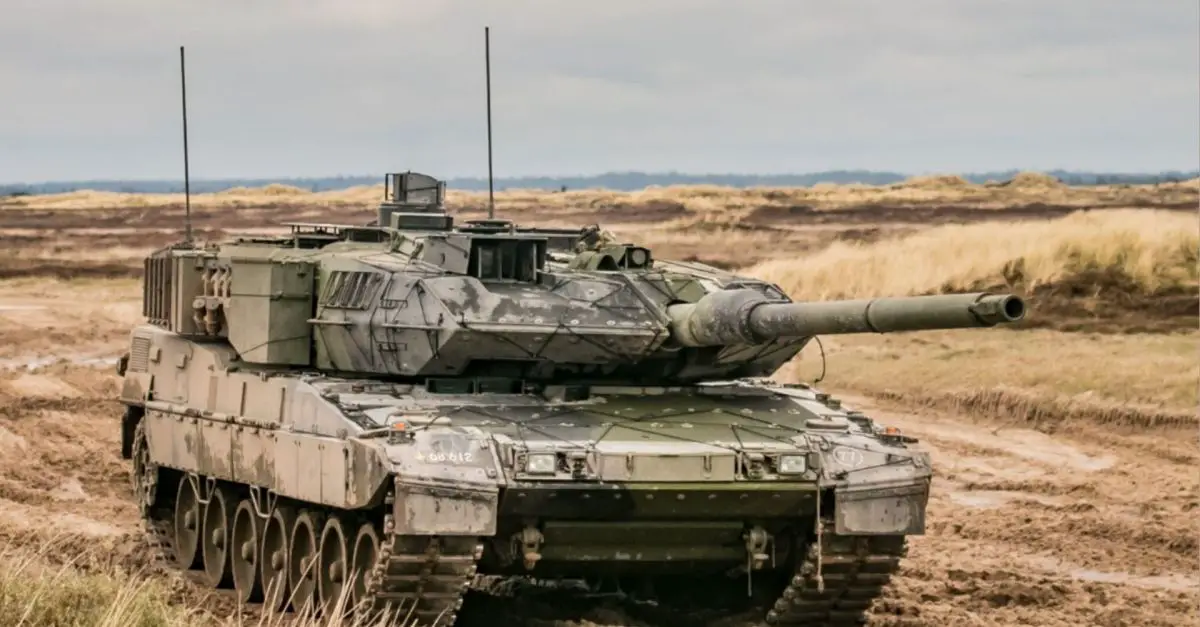Breaking News
Ukraine validate more than 40 western given vehicles to fight against Russia.
Since the beginning of Russia's large-scale invasion, the Ukrainian Ministry of Defense has codified and approved nearly 40 models of armored vehicles, both foreign and domestic, for use by Ukrainian defense forces. This development presents a significant advantage for future relations between Ukraine and NATO.
Follow Army Recognition on Google News at this link

Leopard 2 given to Ukraine evolving on training field near Avdiivka (Picture source: Ukrainian MoD)
The Ukrainian army's fleet of tracked and wheeled combat armored vehicles has been replenished with samples from more than 10 countries worldwide. These countries include the United States, Germany, Sweden, Great Britain, France, Italy, Norway, and others.
For instance, these vehicles include tanks such as the Abrams, Leopard, Challenger, AMX-10 RC, M2 Bradley infantry fighting vehicles, CV90 infantry fighting vehicles, M113 tracked armored personnel carriers in various modifications, M1126 Stryker wheeled armored personnel carriers, Rosomak, Puma, and others.
The defense forces note that Western models of armored vehicles are characterized by enhanced crew protection, engine reliability, good driving characteristics, and high weapon accuracy. This provides an advantage in confronting the enemy.
For example, the crew of an M2 Bradley infantry fighting vehicle from one of the combat brigades of the Ukrainian armed forces disabled a Russian tank during the battle near Avdiivka with a precise shot from a 25 mm M242 Bushmaster automatic cannon.
Among the codified models of armored vehicles are also products from Ukrainian defense companies, including modernized versions of Soviet infantry fighting vehicles and armored personnel carriers.
What are the implications of this government validation?
The codification and admission of domestically produced military weapons and equipment with the assignment of a NATO nomenclature number allow them to be purchased with state budget funds for Ukrainian defense units. This means that the given armaments and vehicles can be permanently in service with the armed forces.
However, even if the type is similar, having vehicles from different manufacturers and nations in service poses technical and cooperation challenges. For instance, technologies might differ, and shells might not be compatible with a particular platform, such as the Challenger and Leopard tanks. Additionally, these vehicles are developed according to the force employment doctrines specific to their countries, and may not fully adapt to others.


























